Saab say they have successfully conducted a trial which marks the first time an exterior 3D-printed part has been flown on a Gripen, rather than internal 3D-printed components.
“The purpose of the trial was to test how additive manufacturing could be used in battlefield damage repair.”
The test flight took place in the skies above Saab’s facilities in Linköping, Sweden, on Friday 19th March. Gripen was fitted with a replacement hatch that had been 3D-printed using additive manufacturing, using a nylon polymer called PA2200.
“This work is a step towards 3D-printed spares being used for rapid repairs to fighter aircraft that have sustained damage while deployed on remote operations, thereby gaining a vital time-saving advantage.
Since there was no 3D computer model of the original hatch, it was removed from the aircraft and put in a scanner. This process in turn enabled 3D printing of an exact copy, tailor-made to this individual aircraft.”
Håkan Stake, contract manager for support to Gripen C/D and manager of the development project, was quoted as saying:
“Post-flight intial inspection of the hatch was very positive and showed no visual structural changes had occurred from the flight. The potential of this approach means that maintenance personnel in the field can get access to individually fitted spare parts and you no longer have to resort to emergency fixes nor cannibalise other broken-down aircraft for their parts, while also further reducing the small number of parts brought on a deployment. This also reduces the operational time lost in repairs.”


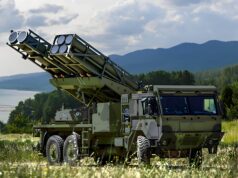

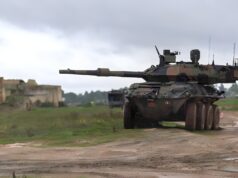
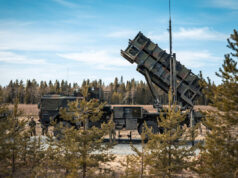
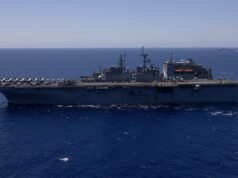
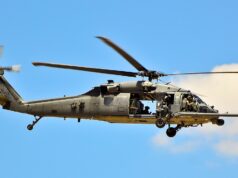
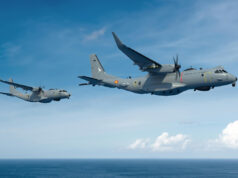
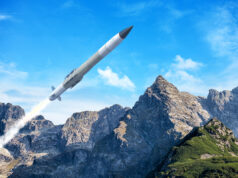

I know there has been a lot of chatter about 3D printing bringing down the cost of Tempest dramatically. If we really can reduce the manufacturing costs in the future it would be nice if we could take advantage of it to order an increased number of air frames to replace Typhoon rather than less. I suspect this will bring down the maintenance costs of such aircraft and through life support as well.
Having said that we will probably still end up with less than 100 airframes
I know some US carriers have 3D printing machines aboard now and so do many USAF bases.
the British carriers have 3d printing machines too
Can they print some F35’s ?
Waiting to go on the training course. You type in F35B and the autocorrect changes it so when you come back in the morning you have 30 drones waiting for you.They get chucked away as they weren’t on the order sheet.
The carriers will be lucky to have photo copiers….thats the next headline, carriers without 3D printers, shock horror….😂
Airfix 1:1 scale!
A couple interesting points this raises. I was a little surprised that Saab didn’t have a 3D model of the hatch, they are at the forefront of 3D modelling which has been extensively used on the latest version of Gripen and this same tech has been utilised in the US to fast track their own prototyping of their supposed ‘6th Gen’ prototype if reports are accurate. These things often raise as many questions as answers.
Secondly the work by Relativity Space probably illustrate the future in this area. They are currently 3D printing 95% of their rockets at the moment including the engines and claim to be able to produce a flyable rocket from raw material to launch in 60 days. Of course they haven’t launched anything yet but hope to later this year. We will see, but the US Military are clearly interested in the possibilities.
Surely there must have been some sort of model of this hatch? Otherwise how was it originally manufactured? I’ll admit I have little to no knowledge of manufacturing so may be coming across as stupid, but I would have thought this would have come off a CNC machine at some point? Or do they not need 3D models of parts?
Does this mean the beginning of the end for silver speed tape?
Grubbers will be turning in their graves knowing that Pinkies and Greenies working on computers and printers will be fixing bits of aircraft for them.
Typhoon has been using 3D printed parts for the last 5 years. Admittedly these are mostly brackets and spacers etc. But is will take a while before the CAA and MAA build up the confidence to authorise the use of 3D printed parts in primary and secondary parts of the structure. But as technology and the materials themselves get better in can only be a matter of time.